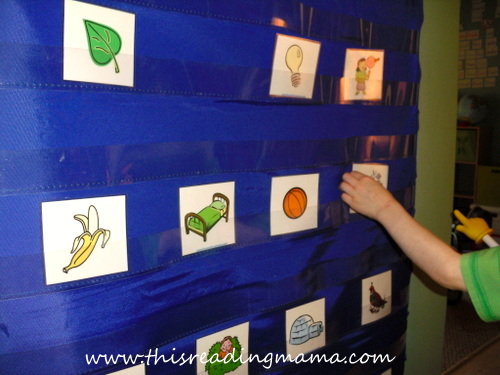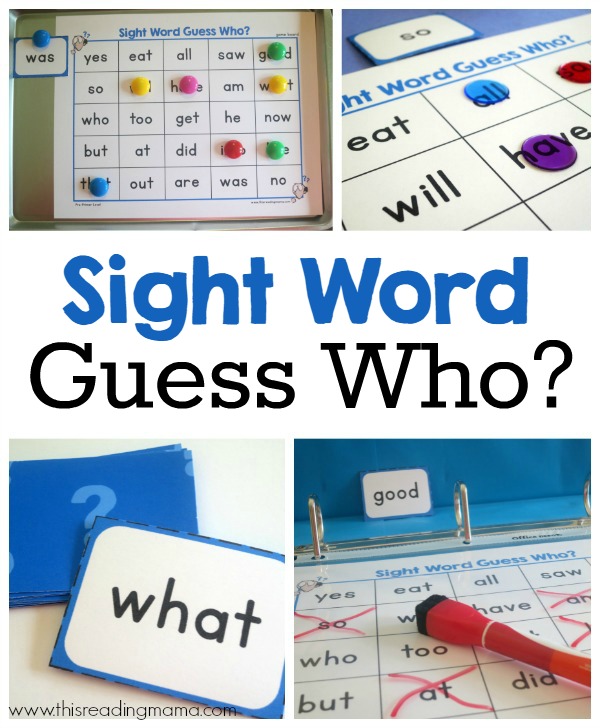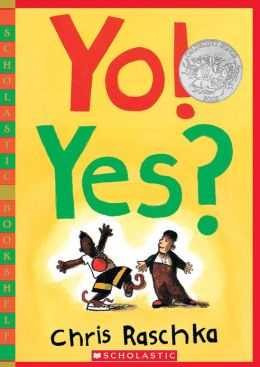This post may contain affiliate links. Please read my disclosure policy for more information.
Welcome back to 5 days of Multi-Sensory Activities for Teaching Reading, a part of iHomeschool Network’s Summer Hopscotch! If you’re just joining me, click HERE or on the image above to get caught up. Today, I’m featuring auditory activities to teach reading. Of course, these activities are not solely auditory, but that’s a good thing. Remember, we want to integrate as many of the sense as we can to help this reading thing “stick”.
30 Auditory Activities for Teaching Reading
1. Lively Letters– a great program for teaching letter sounds, based strongly on auditory activities, such as songs and rhymes
2. Create and use your own sound tubs. The School Supply Addict has a great tutorial on DIY sound tubs.
3. Pull out toys and manipulatives for the letters you’re studying {visit my 5-day series on this one for ideas for each letter of the alphabet}. Over emphasize the initial letter sounds as you’re playing together, like this /m/-/m/-marshmallows.
4. Play a game while cleaning up toys: Can you pick up all the toys that start with /l/ {make the sound of l}?
5. Songs, especially rhyming songs- We love Dr. Jean, Steve & Greg, and Go Fish at our house. It’s also great when you can find books that correspond with songs you’re singing. Growing Book by Book shares even more. Debbie also has some great resources on her blog with rhyming and using music as a motivator as it connects with reading.
6. Integrate rhyme into your routine
7. Read poetry and rhyming books- there are TONS of rhyming books out there. Listening to the fun rhymes helps develop that ear to hear and eventually produce rhymes.
8. Create songs together based off of tunes you already know
9. Play phonemic awareness games– I love Buggy and Buddy’s post. It’s full of ideas!
10. Picture sorting {no text included} with letters or phonics sounds, you can try this Which Sound Doesn’t Belong? Game
11. Listening for onomatopoeias {or create your own onomatopoeia story together}
12. Tongue Twisters- reading tongue twisters or books that focus on alliteration
13. Get out the drum {or a pot and pan} and pound syllables and phonemes as you count them in words
14. Writing- allow invented spelling. When a child invents a spelling, he s-t-r-e-t-c-h-e-s out the word and listens to as many sounds as he can hear and writes them down, so motorcycle may look like MOTRSIKL
15. Musical Sight Words {Mom 2 Posh Lil Divas}
16. Spell sight words through song, like the sight words from Reading The Alphabet
17. I Spy Sight Word Game– although this game is quite visual, the child needs to LISTEN to the clues to guess the right word
18. Sight Word Guess Who? is another game that requires the auditory intake to figure out the word {free printable included}
19. Go on a sound walk {Bug and Buddy}
20. Practice the Art of Storytelling {Simple Kids}
21. Listen to books on CD or the iPod
22. Read alouds- Read alouds are great for SO many reasons. Just one of the benefits is you’re helping your child develop listening comprehension. Instead of getting tied up in decoding and saying all the words correctly, he can simply focus on comprehension.
23. Model reading with expression {how did it really sound when the character said that?}, let your child echo read after you
24. Focus on the punctuation when reading, as it will help you know how to read it with expression.
25. Play punctuation games, for reading with expression, based on the punctuation; like the Tic-Tac-Toe game mentioned in The Struggling Reader’s Fluency Instruction book, pg. 67
26. Choose texts with lots of dialogue. We LOVE Yo! Yes? by Chris Raschka as well as Mo Willems’ Pigeon books and Elephant and Piggie books. Kids can act out the voices of the different characters or listen as you read them aloud.
27. Repeated Readings are a great way to build fluency {I share more ideas about repeated readings in this post}
28. Record your child’s repeated readings and let rate his fluency, based off of a scale from 0-3, with 3 being very fluent
29. Read a text in different voices {Can you read in your daddy voice, baby voice, sad voice, silly voice, etc.?}
30. Limit auditory distractions- find a quite place to read, as loud noises and distractions take away from good comprehension
What other auditory activities have you used to teach your child to read? I’d love to hear them!
Stay connected to This Reading Mama so you don’t miss a thing:
- Subscribe by email {get really cool FREEBIES when you do!}
- Google+
~Becky




A game we always play for each letter is, “I hear ‘mmmm’ when I say ‘mmmmoon’ ‘mmmmmommy’ ‘mmmmouse’ ‘mmmmmailbox’ etc.
Looking forward to looking at some other ideas here. Thanks for sharing.